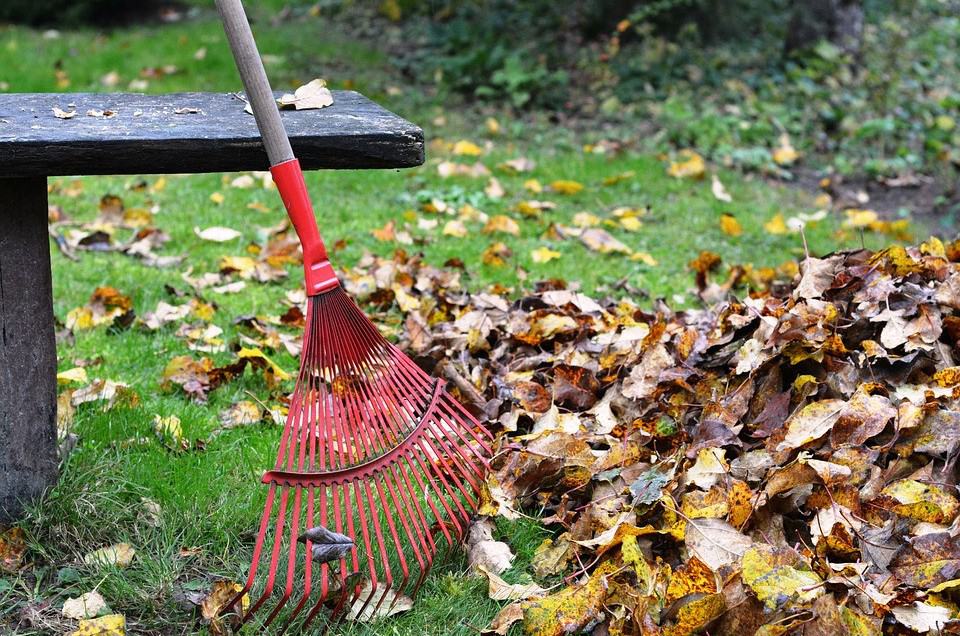Watching a garden flourish brings with it a feeling of fulfillment. You break your back during the springtime to get everything into the ground on time and then bust your butt trying to pick weeds in the summer months. Now that fall is upon us, and our garden is slowly dwindling, what do we do with our beautiful foliage? Even though snow may soon be covering everything in sight, it is still important to prepare your lawn and garden for the dropping temperatures. Here is a list of some ideas on what you can do to winterize your lawn and garden this year.

Clean Up
Let us start simple. One of the most natural things you can do to prepare your lawn is to get rid of all your old and dead plants. Dead plants are bad news: they harbor fungi, disease, and pests. If any of these things stick around, you will have trouble with your next crops. During the summer months, insects lay their eggs on the stalks and leaves of your garden plants while they feed off the free food you have provided. Disposing of the infected old plants will prevent the eggs from hatching and attaching to your new plants come springtime.
If you like to keep your garden sustainable, try burying the dead plants in the soil of your garden. This will add organic material to the soil composition and help improve the overall health of your garden. Plus, it makes the decision of how to dispose of the old, decrepit plants that much easier!

































